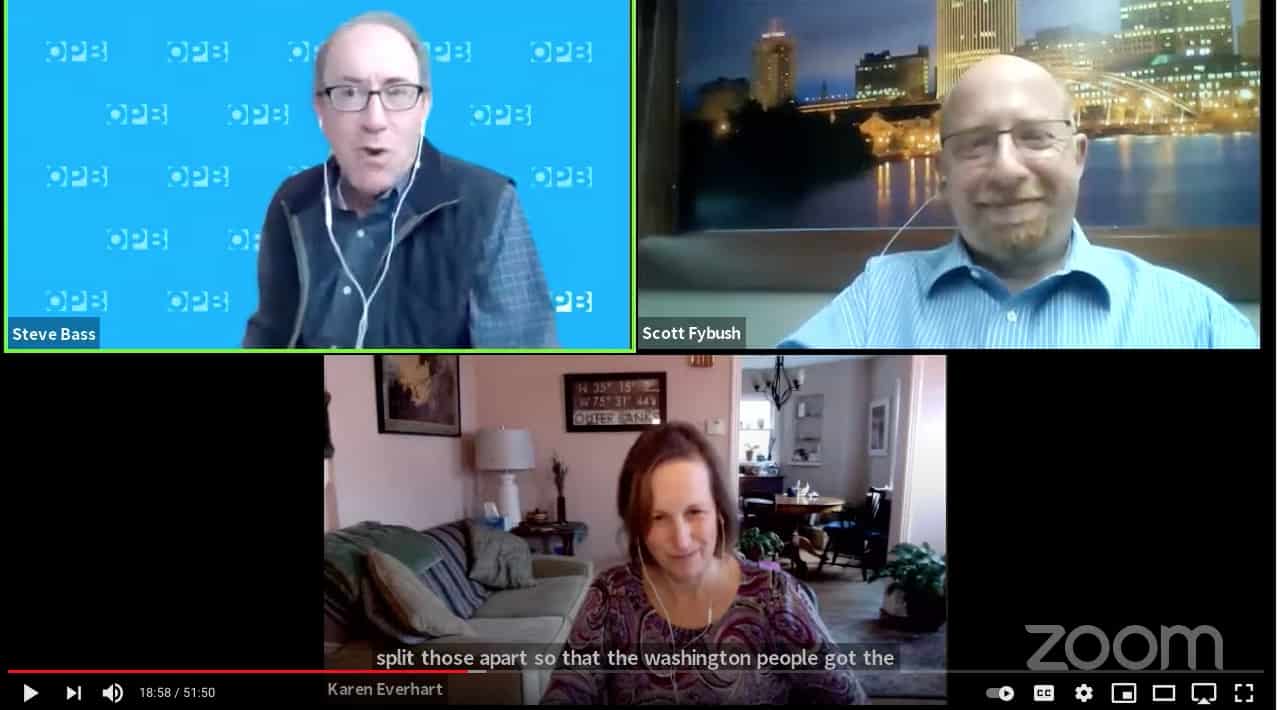Tag: ATSC 3.0
FCC’s ATSC 3.0 rules would slow transition to Next Gen TV broadcasting
The commission proposes to ease some regulations on simulcasting but stops short of setting a timeline for ATSC 1.0 phase-out.Letting TV out of its box will open a new era for public media
With threats to CPB funding and profound changes in audience behavior, public television’s true value is not what it is but what ...NextGen TV station transmits real-time closed captioning translations
The AI-powered engine translates closed captioning from English to Spanish.With help from ATSC 3.0, public media answers FCC’s call for partners in wireless emergency ...
PBS North Carolina and WHUT in Washington, D.C., among others, can leverage ATSC 3.0 technology to provide geotargeted emergency alerts.Public Media Venture Group receives $1 million from Knight Foundation to boost NextGen TV
PMVG will use the Knight grant to further adoption of ATSC 3.0 among public media stations and to explore how it might ...Datacasting, ATSC 3.0 create new questions for pubcasters
In a Q&A, lawyers Melodie Virtue and Brad Deutsch discuss what’s next for pubcasters experimenting with ATSC 3.0 and what questions are ...Cross-border partnership brings NextGen TV to Cincinnati–Northern Kentucky market
An agreement between KET and Public Media Connect is the first in which separately owned public broadcasting networks are cooperating on an ...ATSC event showcases public TV’s growing offerings in educational datacasting
Stations are continuing to reinforce their datacasting efforts as the initial urgency of the pandemic has given way to longer-term planning.Public TV asks FCC for flexibility in preserving multicast channels amid ATSC 3.0 transition
An FCC loophole is causing problems for stations that want to join marketwide launches of the new broadcast technology.WNET Group unveils plan to launch New York City’s first ATSC 3.0 service
“As viewers and set manufacturers and datacasting companies see this moving into the largest television market in the country ... that’s going ...In new PMVG role, Skip Pizzi digs into ‘on the ground’ work of ATSC 3.0 ...
Pizzi’s consulting position with PMVG is actually a return to a group he played a role in forming.New nonprofit will expand digital health and education offerings through datacasting
“Our goal as a nonprofit is to make enriching digital resources available to as many people as possible even if they don’t ...Washington’s WHUT to play central role in partnership launching local ATSC 3.0 signals
WHUT's broadcast signal will get new equipment and a power boost to serve as the ATSC 3.0 host station, carrying not only ...PMG rebrands as Signal Infrastructure Group
"We were most focused on reflecting the fact that what we're building and operating are shared infrastructure platforms that are meant to ...Watch our webinar about ATSC 3.0 and HD Radio
We discuss these technologies with Steve Bass, CEO of Oregon Public Broadcasting.














